Notes from the Workshop
On photography, film, music, art, literature, and the creative process in general.
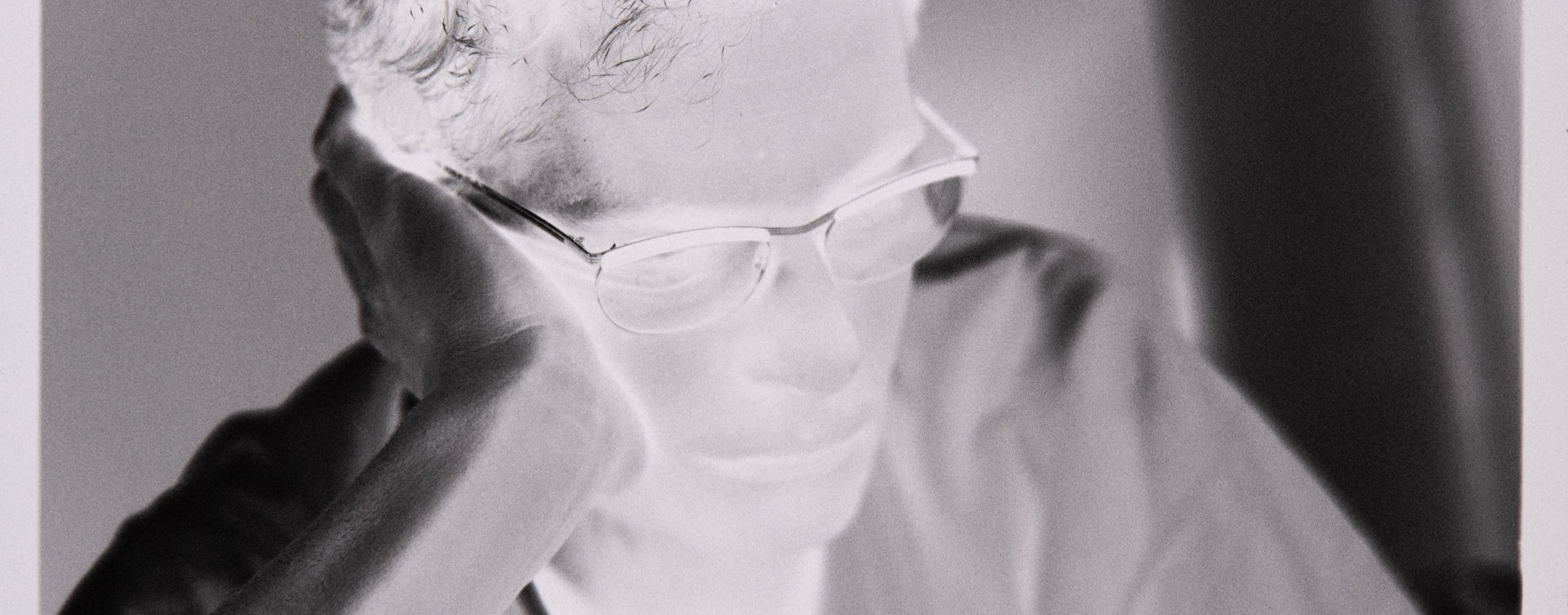
Film Negative Archiving Challenges
Now that I’ve found a relatively fast and relatively inexpensive way to create a digital archive of my trove of film negatives, I started pondering to use the upcoming winter to go through about 20 years of negatives. Now, 20 years of negatives sounds like a lot. (…) The more worrying part is actually something else.
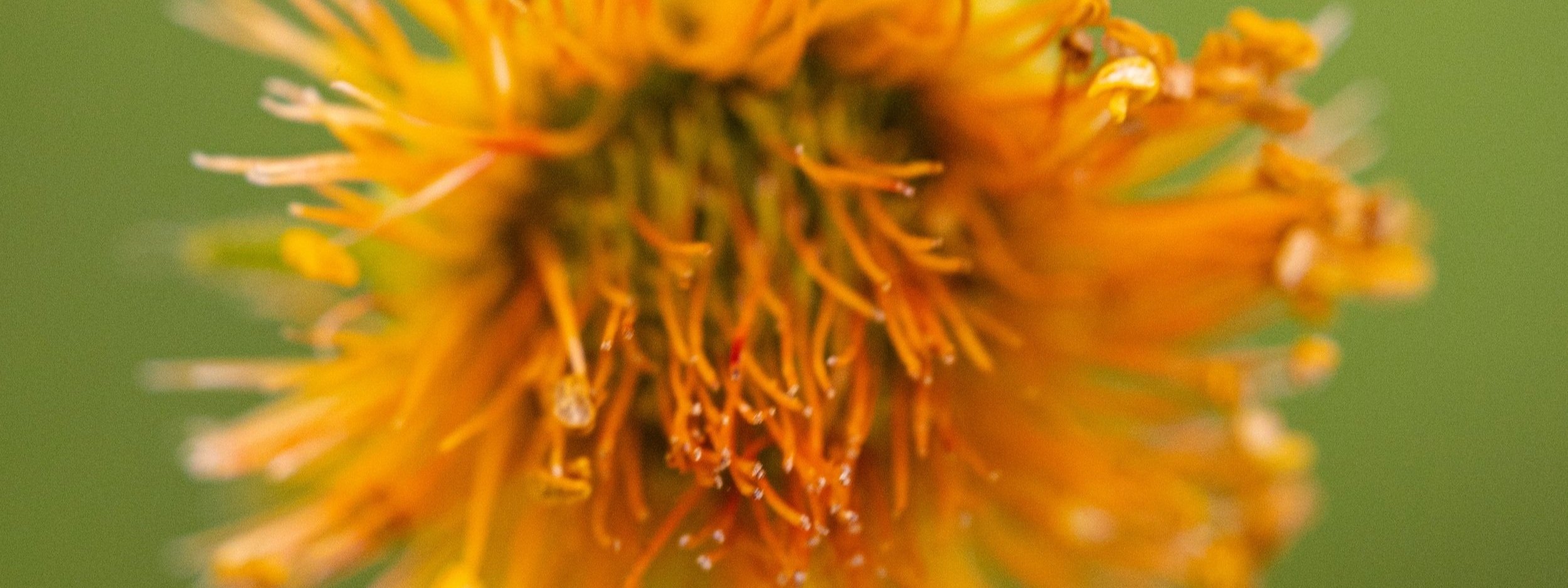
Photography Squared
Square format photography has a special appeal to me. Despite the fact that most cameras (and films) that I’ve used over my entire life as photographer were not square, there are images and motifs that are better captured in a square format. Even for serials, many times the square format of individual pictures works much better.
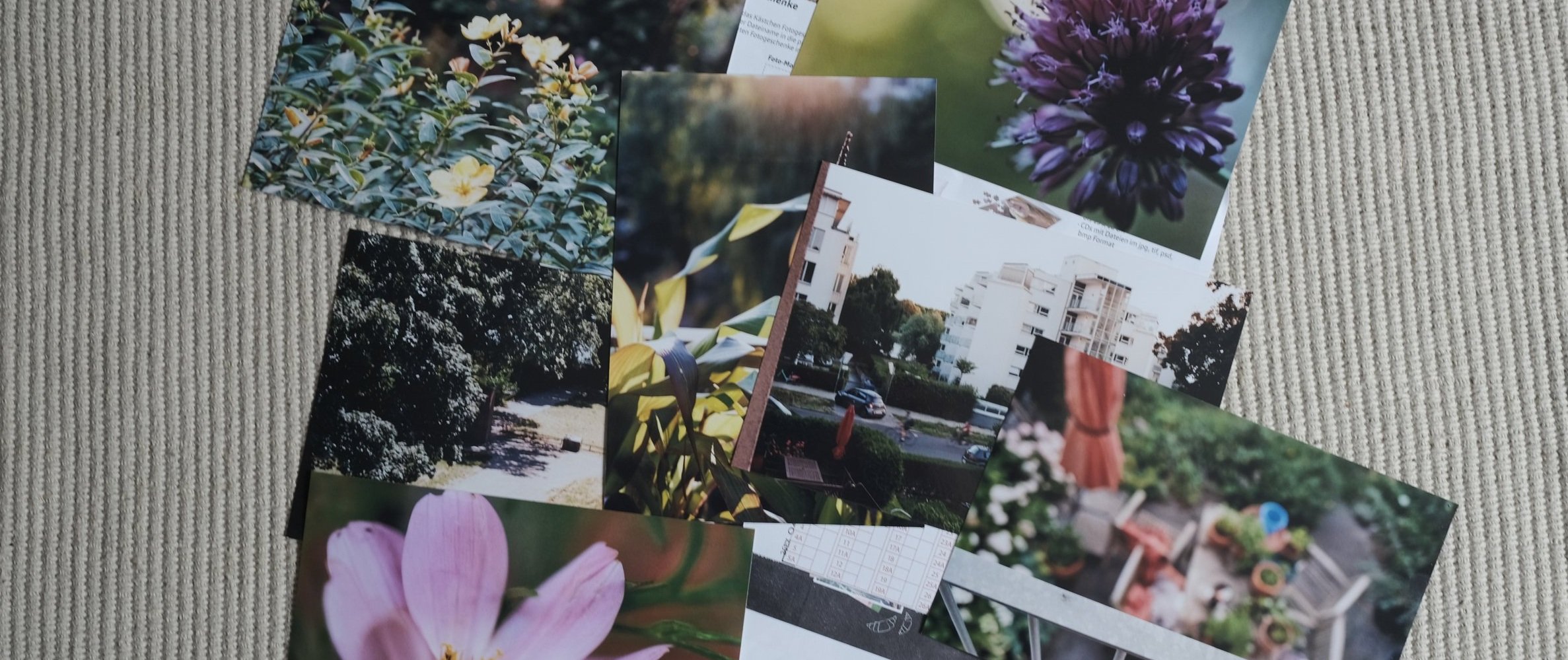
Film Photography / Part 2
At the time when I was transitioning from film to digital photography - it was a gradual process - I had amassed quite a large number of film negatives as well as positives. For a number of years, negative film scanners were really expensive, but when the prices came down on the better ones, I bought a Minolta Dimage Elite 5400. By now it is about 20 years old.
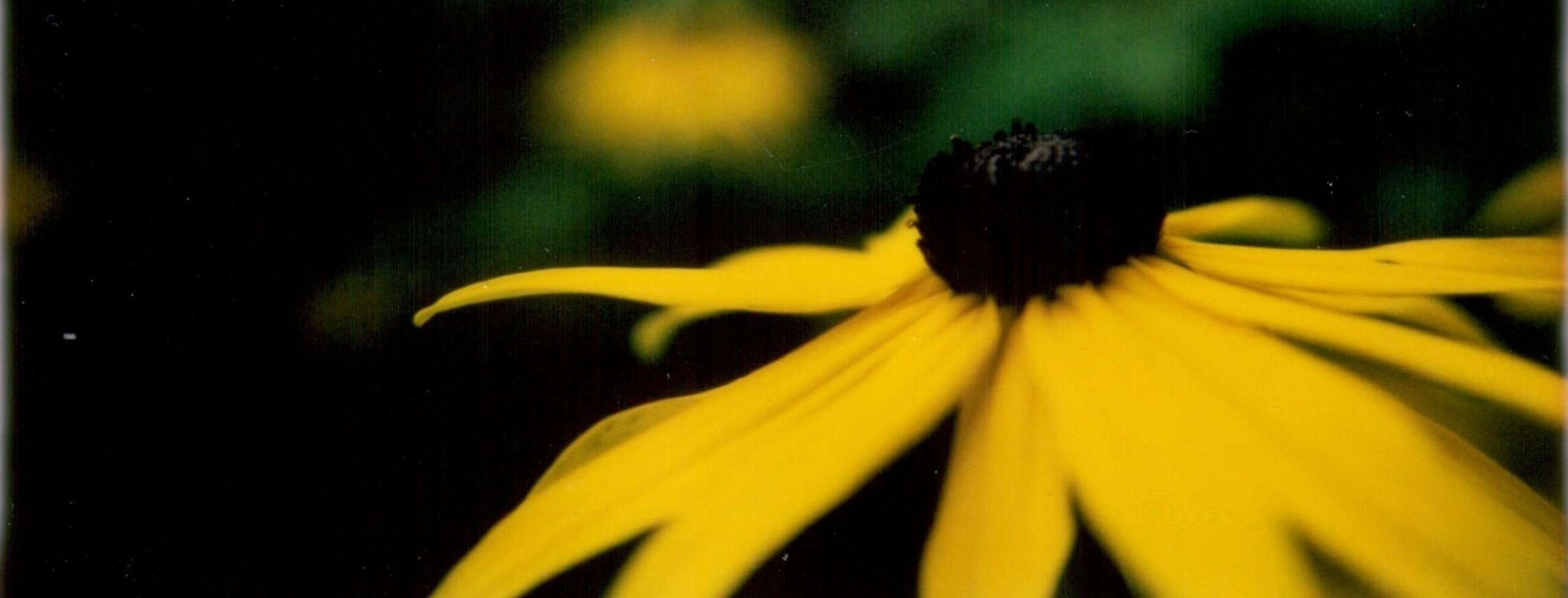
Instant Film Photography
I have never been a big fan of Polaroids. The image quality was mostly appalling and washed out and nowhere close to that of the pictures I had taken with my 35mm cameras or even my pocket camera. In this article, I have a closer look at some of the more recent instant camera models.
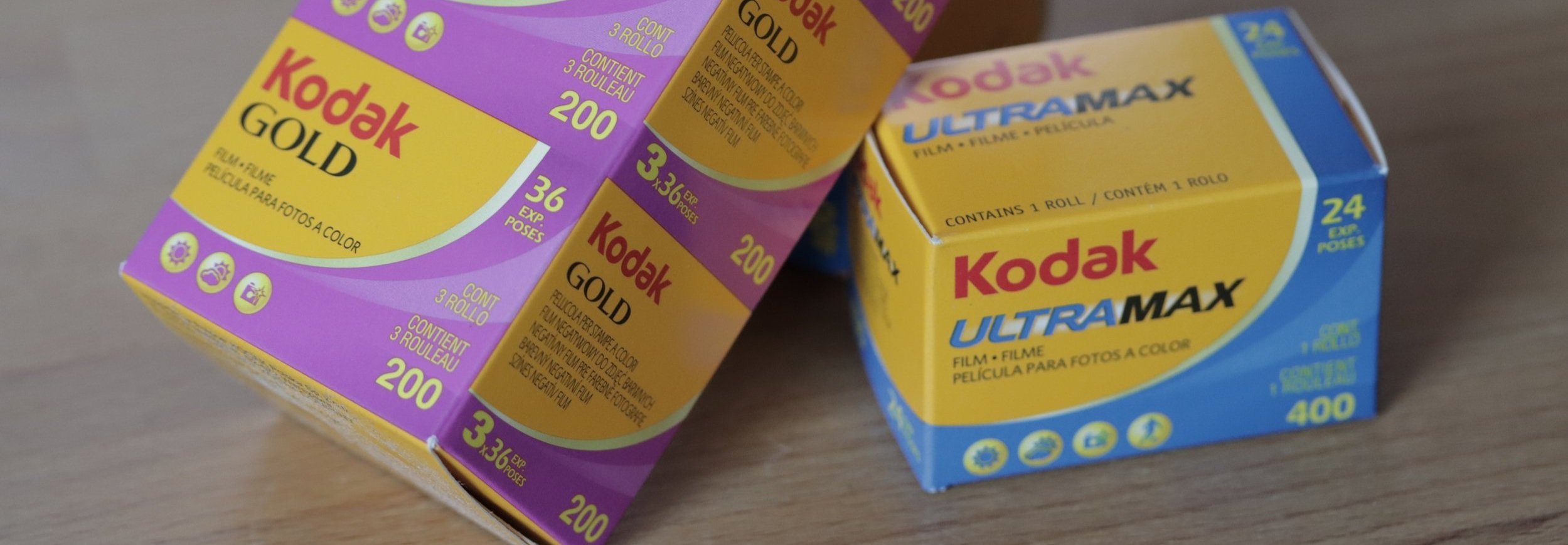
Film Photography / Part 1
Following my experience with testing my very first own camera again after more than twenty years, I thought I had given up the thought of ever using a film camera again for good. That is, until my daughter snatched my Olympus Mju-II that sat dormant and unused for many years in a drawer of my desk. Together with the discovery of some younger photographers’ Youtube channels, I felt inspired enough to give it another try.
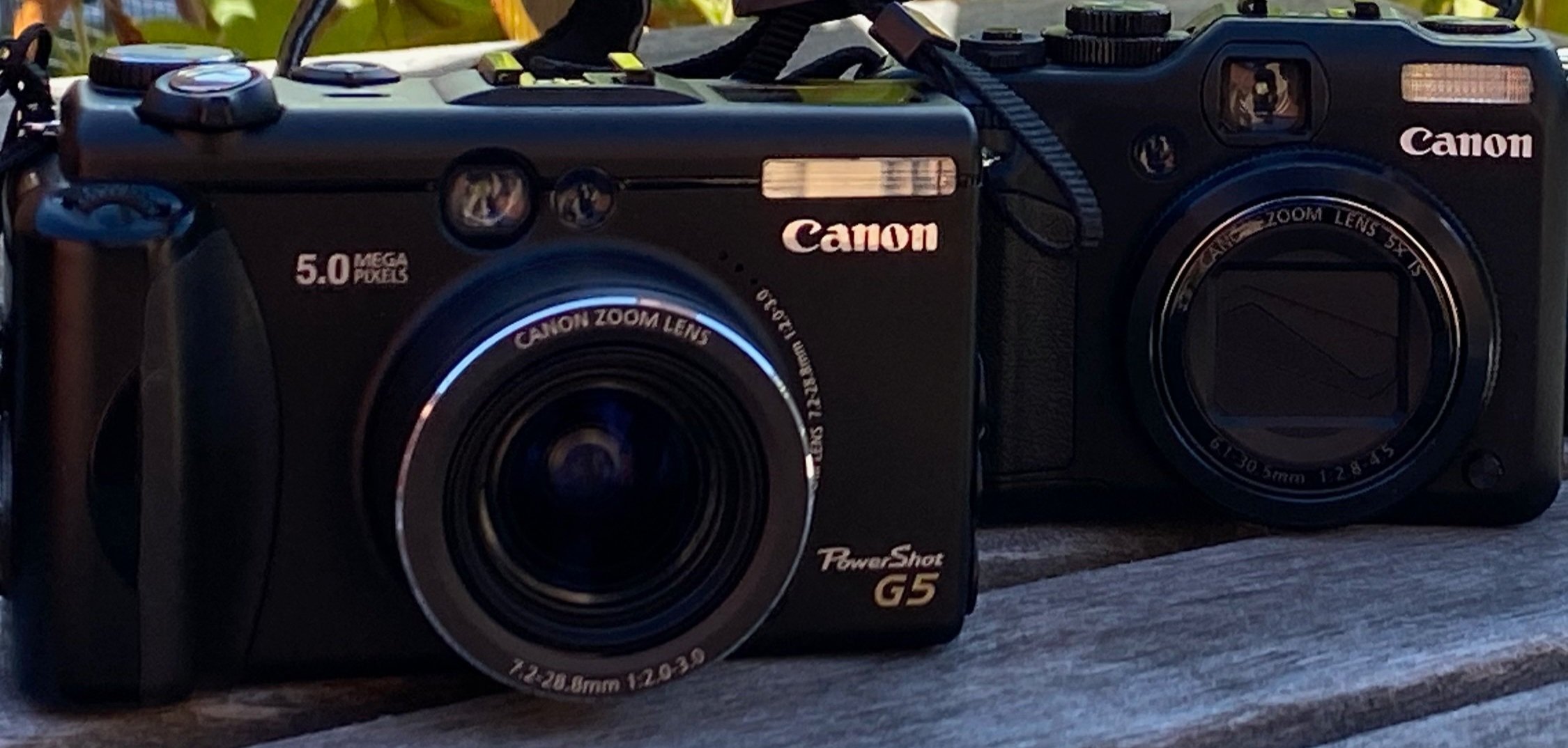
Vintage Digital Photography
Last winter I came across some social media posts where photographers either purchased some older digital cameras on the cheap and started raving about the image quality and the shooting experience, or some older photographers dusted off their cameras. In the end, I joined that club.
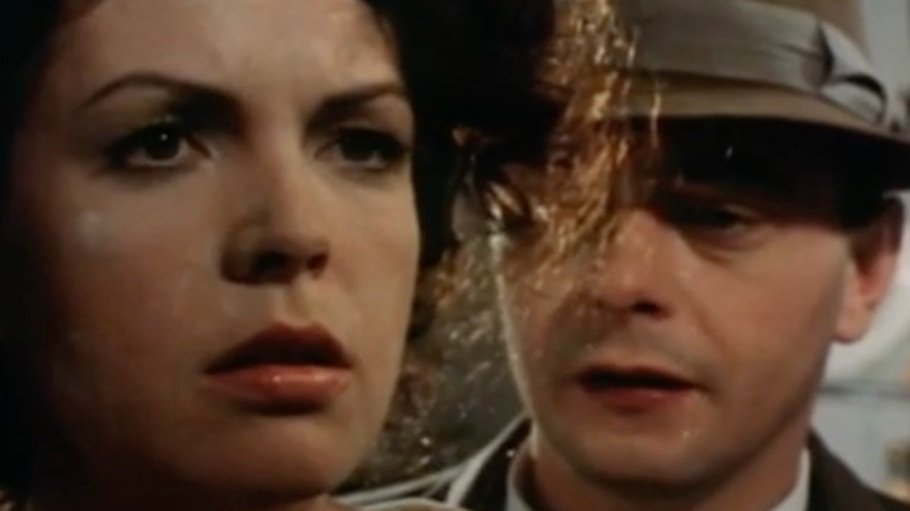
Seeing Fassbinder at Work - and not remembering much
One of the lasting memories of my late childhood was the day I spent on a film set. It was in late November 1976.
The film that was shot was a drama called “Bolwieser” (in English: The Stationmaster’s Wife). The film was directed by none less than Rainer Werner Fassbinder, back then possibly at the height of his productivity.

50 Milimetres
As long as I remember, I have been using 50mm lenses on my cameras. Only when I switched to digital cameras, things changed slightly, because my first DSLR was a Canon EOS 20D, with an APS-C sensor, and on this, the 50mm lens didn’t make a lot of sense....
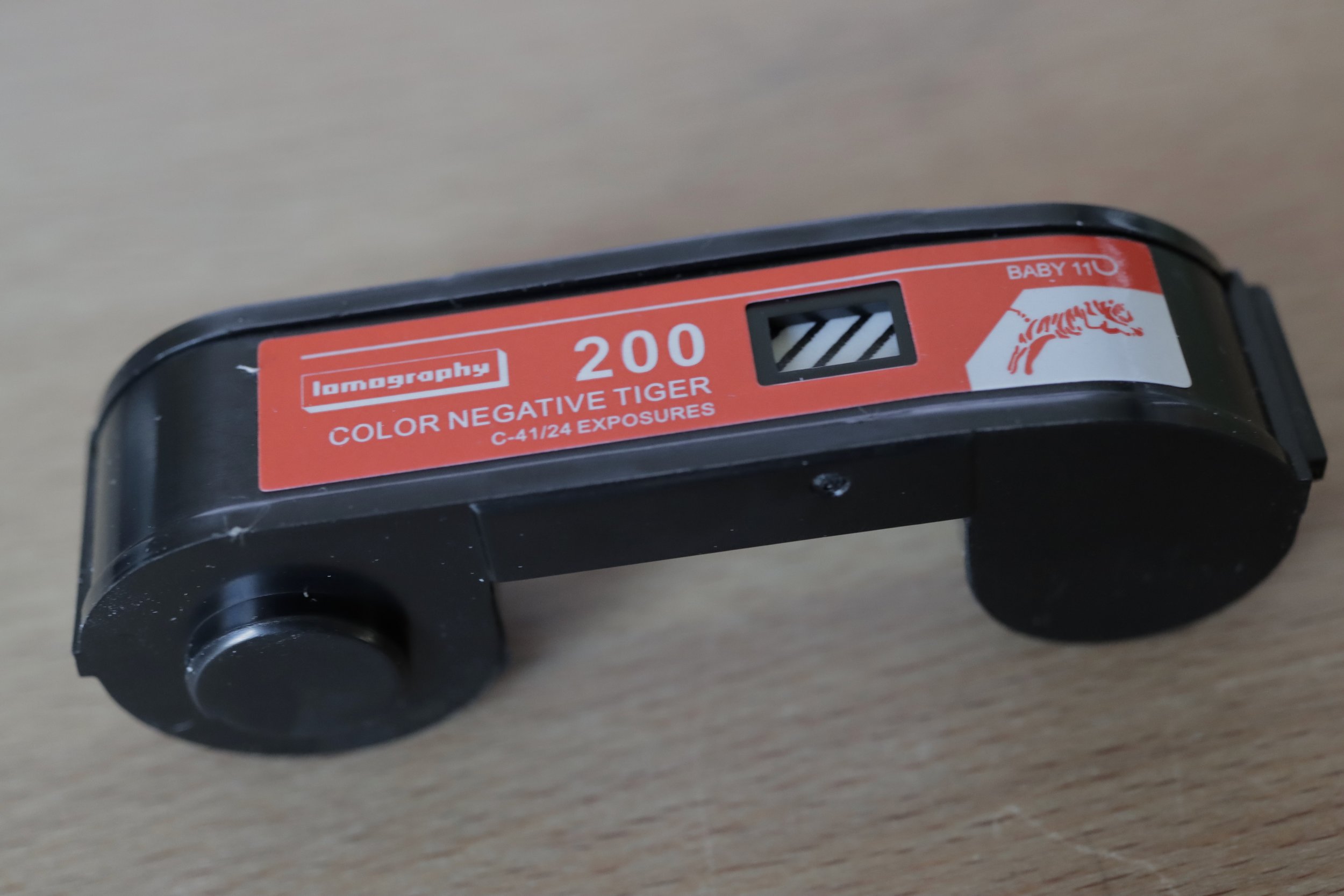
How it all began: My first camera / Part 2
Getting the pocket films developed and properly scanned was much more complicated than I had expected. Fotoimpex Berlin, where I had bought the Lomography pocket films, had an offer of either only developing the films or having them developed, scanned and printed, at the price of 35 Euros per film. Plus you had to send them in and pay extra postage on top.
I found this to be quite expensive and went on the search for other solutions. After a while I found a lab in Berlin that would do it for about half the price. Alas, it turned out that half the price meant really bad quality prints and scans. The resolution of the scans was appallingly low, the exposure and contrast of the prints sub-standard by any account. I won’t share the name of the lab, suffice to say that they are based in the city center.
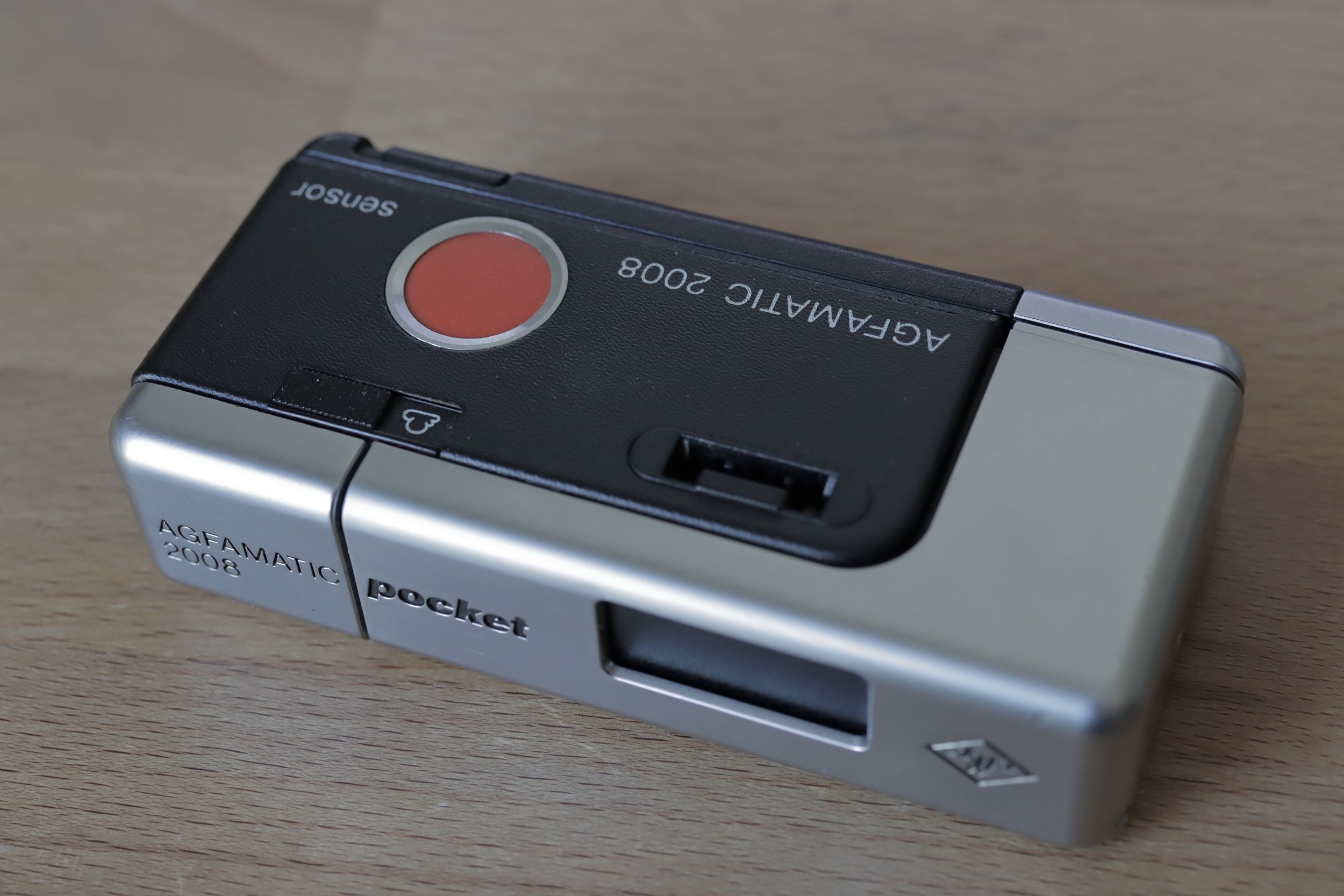
How it all began: My first camera / Part 1
In the mid-1970s I fell in love with a camera. Looking back, it may have been the first instance of me being baited by the industry’s advertising. Unfortunately, I couldn’t find any German-speaking ad from those days, but only a French one. And for the rest of this post I will talk a bit about this camera, which turned out to become my first own photo camera and which I kept for pure nostalgia.
It was an Agfamatic 2008 pocket camera, using film cassettes of the 110 type. Looking at the camera today, about 50 years after someone (I don’t remember who) bought it for me, it is still a very nicely designed camera with a mid-1970s charme. During my research for this post, I came across an interview with the son of one of the original designers that gives you some ideas what made this camera such a success when it entered the market in 1975.